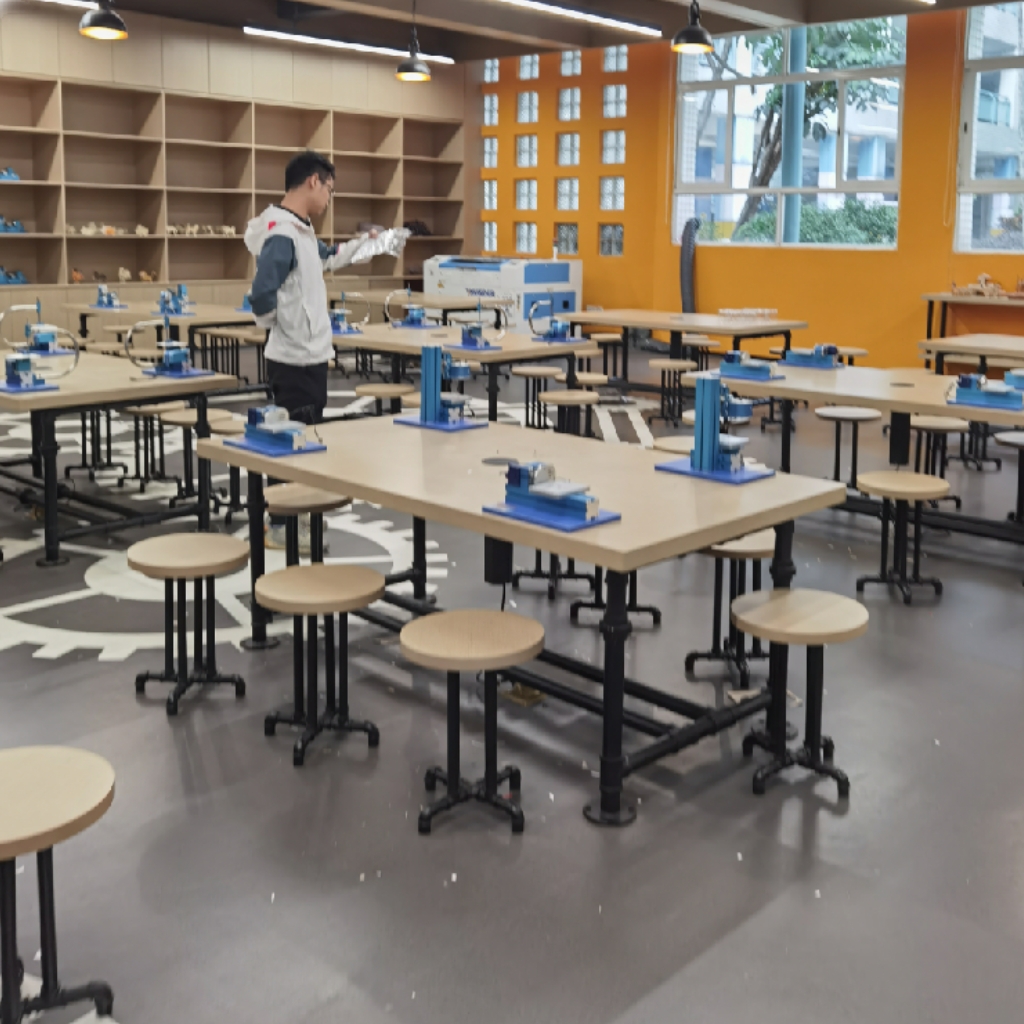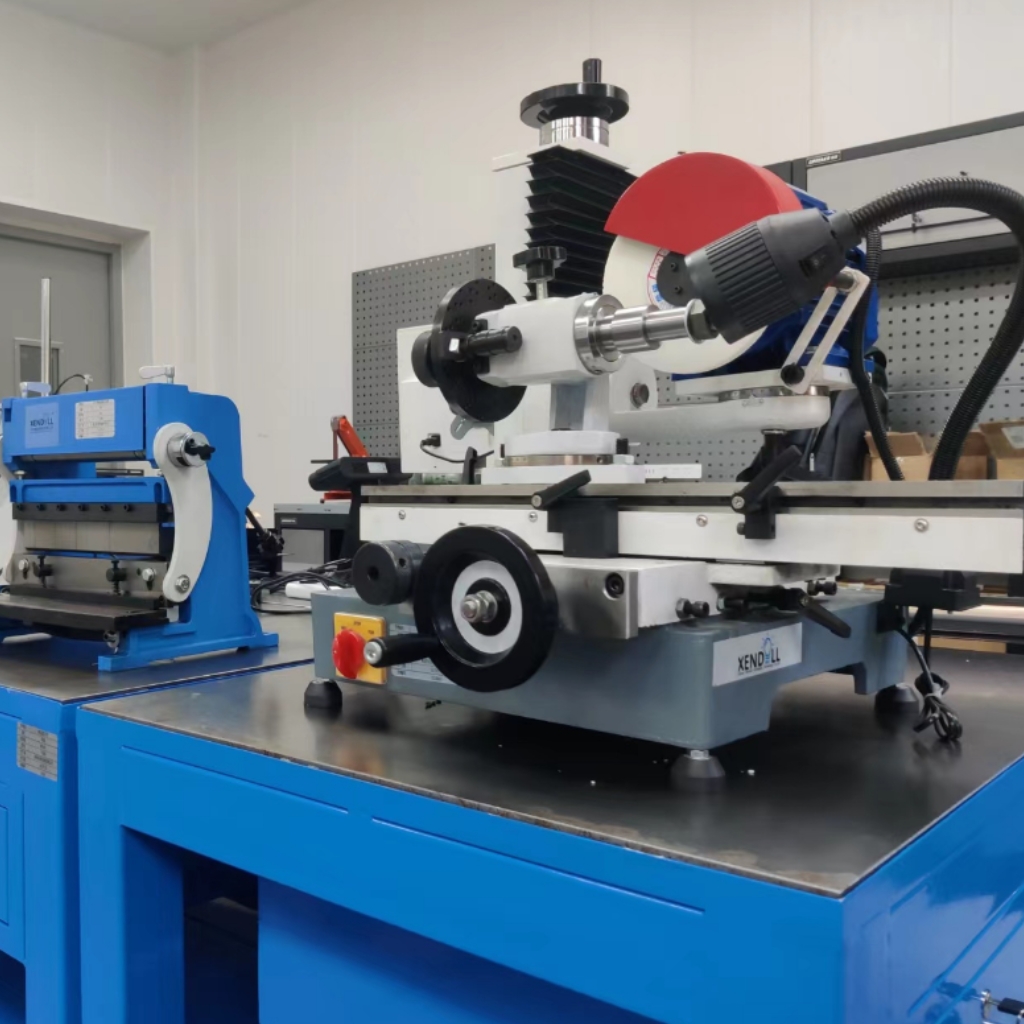Blog
Xendoll has 22 years of experience in the production of small machine tools. We will help you choose the suitable machine and share our experience in CNC machining with you.
 Oct 27, 2025
Oct 27, 2025

 308
308
In the world of machining, where precision is paramount and versatility is king, one machine stands out as a fundamental tool for creating accuracy itself: the tool room lathe. For mechanical distributors, educational institutions, and passionate machining hobbyists, understanding this specific type of lathe is crucial. It's more than just a machine; it's a precision powerhouse designed for intricate, high-tolerance work. This article will delve into what a tool room lathe is, explore its key components and capabilities, and explain why it remains an indispensable asset in workshops, schools, and toolrooms worldwide, much like the precision-engineered mini lathes we offer at Xendoll Tools.

A tool room lathe is a high-precision, versatile type of engine lathe specifically designed for performing delicate and complex machining operations. Unlike production lathes built for high-speed, high-volume manufacturing of identical parts, the tool room lathe is engineered for low-volume, one-off jobs where accuracy is the primary goal. Its core purpose is to create, maintain, and repair tools, jigs, fixtures, gauges, and prototypes. Think of it as the master key used to make all other keys—it's the machine trusted to produce the precise components that other machines rely on.
What exactly sets a tool room lathe apart from a standard engine lathe? The difference lies in its enhanced features, superior construction, and broader range of accessories, all aimed at achieving exceptional finish and tight tolerances.
1. Superior Construction and Enhanced Precision
At its heart, a tool room lathe is built to a higher standard of accuracy. Key elements include:
Rigid Bed and Structure: The bed is often heavier and more robust to minimize vibration and deflection during cutting, ensuring consistent results.
Precision Ground Gears and Spindles: The gears within the headstock and feed mechanisms are manufactured and finished to much tighter tolerances. This results in smoother operation, more accurate threading, and better surface finishes.
Tapered Roller Bearings: High-quality tool room lathes feature high-precision spindle bearings that minimize runout, which is critical for delicate and detailed work.
2. Extensive Range of Accessories and Attachments
Versatility is a hallmark of the tool room lathe. It is typically sold with or is compatible with a wide array of accessories that expand its functionality far beyond basic turning. Common accessories include:
Steady and Follower Rests: Essential for supporting long, slender workpieces during machining to prevent bending or chatter.
Taper Turning Attachment: Allows for the precise machining of tapers without adjusting the tailstock, a must for tool and die work.
Collet Attachments: Provide superior grip and concentricity for holding small-diameter bar stock.
Four-Jaw Independent Chucks and Faceplates: Offer maximum flexibility for holding irregularly shaped workpieces.
3. Critical Applications Across Industries
The unique capabilities of the tool room lathe make it invaluable to several key audiences, including those served by Xendoll Tools:
For Tool and Die Makers: This is its native environment. It is used to create and repair punches, dies, molds, and jigs with the extreme precision required for mass production processes.
For Research & Development and Prototyping: Engineers and inventors use tool room lathes to create single prototypes and one-off components for testing and development, where designs are constantly evolving.
For Maintenance and Repair Workshops: A tool room lathe is perfect for machining a replacement part that is no longer available, reconditioning a worn shaft, or creating a custom bushing on the spot.
For Educational Institutions (A Key Market for Xendoll Tools): In vocational schools and university engineering labs, tool room lathes are the ideal teaching tool. They allow students to learn fundamental and advanced machining principles, from basic turning and facing to complex thread cutting and taper turning, on a machine that emphasizes skill and precision over sheer production speed.
4. Tool Room Lathe vs. Standard Engine Lathe: A Quick Comparison
While similar in appearance, the key differences are clear:
Precision: Tool room lathes are built for tighter tolerances and finer finishes.
Speed Range: They often offer a wider range of spindle speeds, including very low speeds for threading and high speeds for finishing small diameters.
Cost: Due to the higher-quality components and precision manufacturing, a tool room lathe is typically more expensive than a standard-duty engine lathe of the same size.

In summary, a tool room lathe is not merely a lathe; it is the cornerstone of precision machining in any setting that demands accuracy, versatility, and reliability. Its robust construction, enhanced features, and compatibility with a vast ecosystem of accessories make it the go-to solution for creating tools, prototypes, and critical components that simply cannot be made on standard machinery.
For overseas mechanical distributors, stocking tool room lathes means providing your clients with top-tier precision equipment. For educational equipment dealers, offering these machines equips the next generation of machinists with the best possible tools to learn their craft. And for the dedicated machining enthusiast, investing in a high-quality tool room lathe, like the precision mini lathes from Xendoll Tools, unlocks a new world of creative and technical possibilities in their own workshop. It is an investment in uncompromising quality and the pure art of machining.



 Show all our samples
Show all our samples
 Provide you with a free quote
Provide you with a free quote
 Answer all the questions you may have
Answer all the questions you may have
 Guided installation and other options
Guided installation and other options